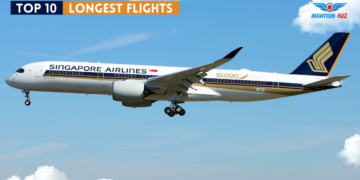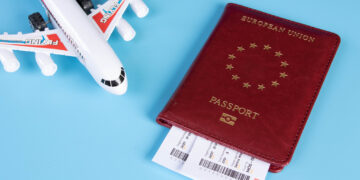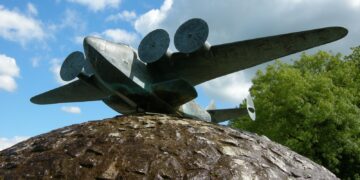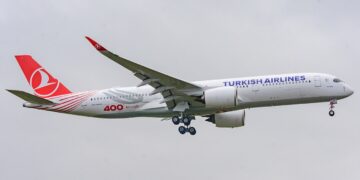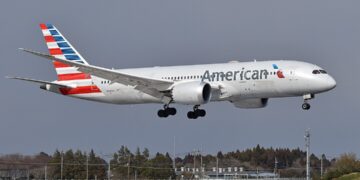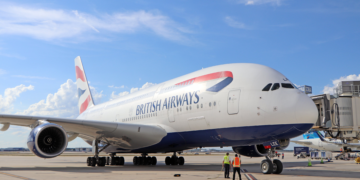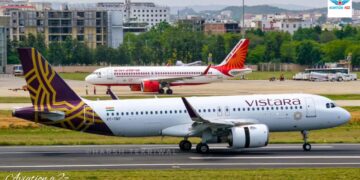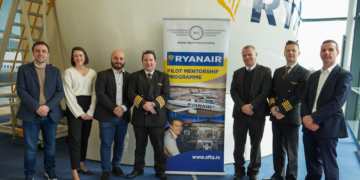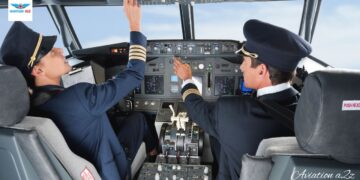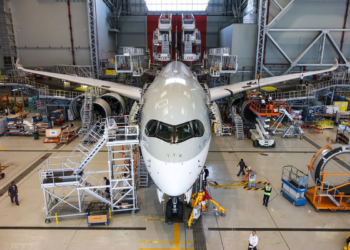A significant day for aviation lovers is 28 July On this day in history, a turbine-powered airliner performed the first-ever scheduled commercial flight.
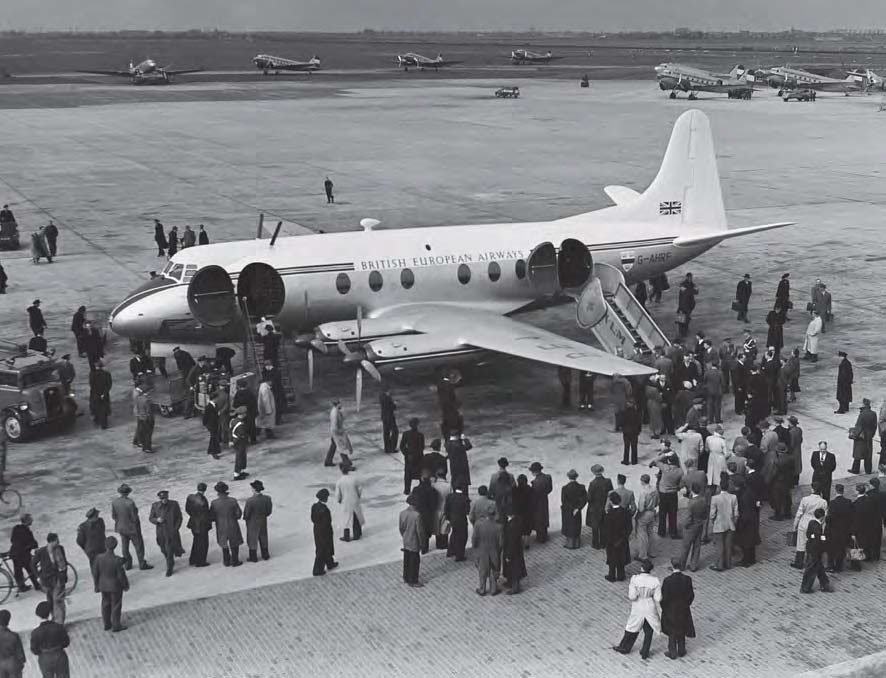
A Vickers Viscount G-AHRF, on loan from the manufacturer to British European Airways, was the plane that made that historic voyage from London to Paris in 1950 by Turboprop Airliner.
But as all aviation enthusiasts are aware, unlike most modern large aircraft, the Viscount had four engines and was therefore not a real, or “pure,” jet.
Limits of piston power are reached
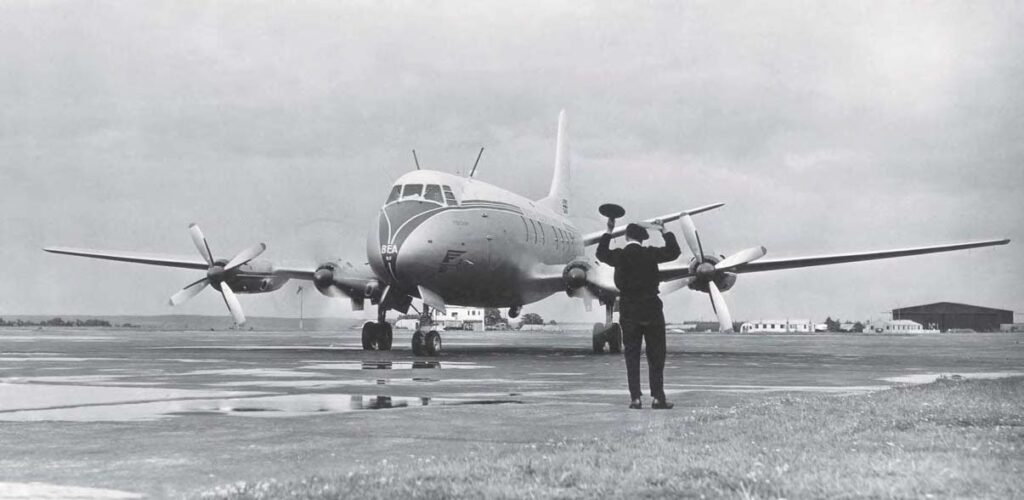
The piston engine was created in the 19th century and is likely what powers your legacy vehicle, unless you drive a Tesla or a Nissan Leaf. It had reached its inherent design constraints by the 1940s. The most popular long-distance aircraft at the period were piston-driven models like the Lockheed Constellation. The “Connie,” which was a marvel with its massive pressurised cabin and four enormous 18-cylinder Wright Cyclone engines, was a variation on the Model 749. The technology had reached its limitations, but the aircraft’s engine problems persisted. The moment had come to use a turbine engengine
Now we have the turbine engine
By the 1930s, the fundamentals of a gas-turbine engine—which consists of a compressor to make the air denser, a combustion chamber to heat it, and an exhaust to generate thrust—were well understood. The Second World War gave the technology the motivation it needed to advance, and the Germans introduced the first jet combat aircraft—the storied Messerschmit Me 262 twin-engine fighter/bomber.
A turboprop engine effectively combines the ease of a turbine with a big propeller through a reduction gearbox. No matter if the engine powering the propeller is a piston or a turbine, the basic structure of the aircraft and airfoil (wing) remained the sampath
The traditional path
In selecting to pursue the turboprop or jet (turbofan) engine as the preferred option, certain key decisions were taken. In the 1940s, it was widely believed that a “pure jet” (one without a propeller) was too noisy and challenging to fly for commercial purposes. The civilian world sought to build turboprop aircraft for airline use while the military concentrated on aircraft with jet engines. Straight (as opposed to swept-back) wings and a more traditional appearance were required for the slower speeds at which a propeller is most effective. Another benefit was that the flight characteristics were comparable to those of the era’s piston-engined aircraft.
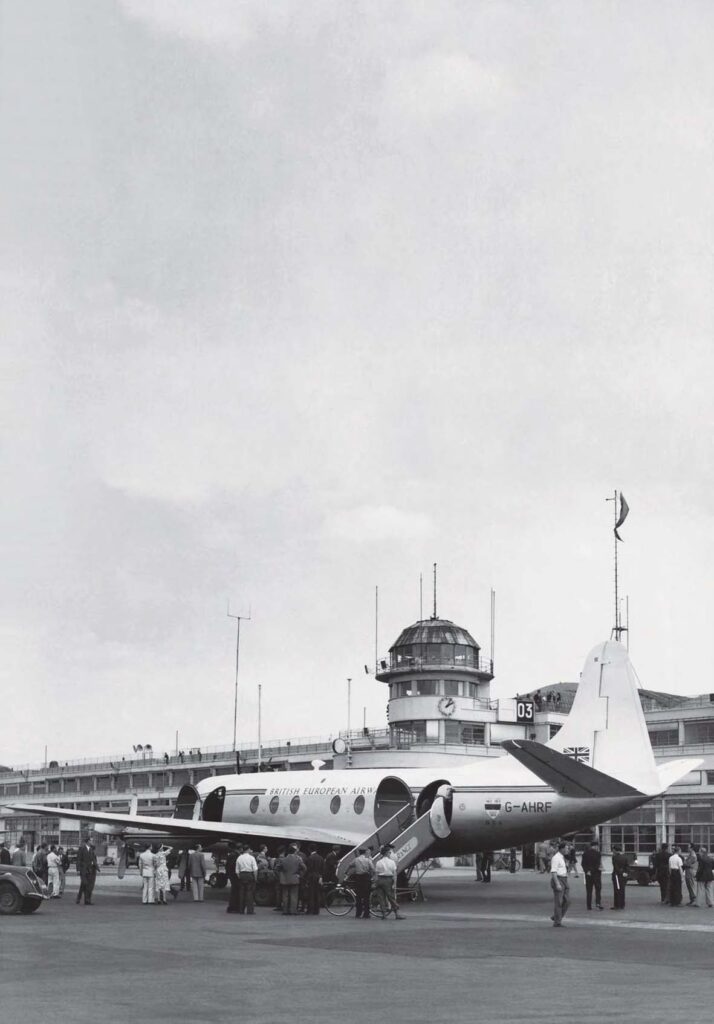
As a replacement for the popular Constellation 1049 series, Lockheed was one of the major manufacturers that chose to stick with the turboprop, developing the Model 188 Electra (and its ultimate derivative, the 1649 Starliner). The C-130 Hercules, a direct successor of the Electra, continues to rule a niche market in the military transport sector, but in the long run this proved to be a bad decision that finally forced Lockheed out of the airliner business.
Technical prowess of Britain
Britain nevertheless has a highly developed industrial base in the 1940s. Another twin-engine jet fighter, the Gloster Meteor, was the sole turbine-powered combat aircraft used by the Allies in World War 2. In order to keep the aviation industry at the forefront, the British government continued to invest heavily after the war.
The Air Ministry also established the specifications for a medium-range, pressurised airliner intended for flights across Europe. The winner of this competition was the Vickers Viscount, which had Rolls-Royce Dart engines.
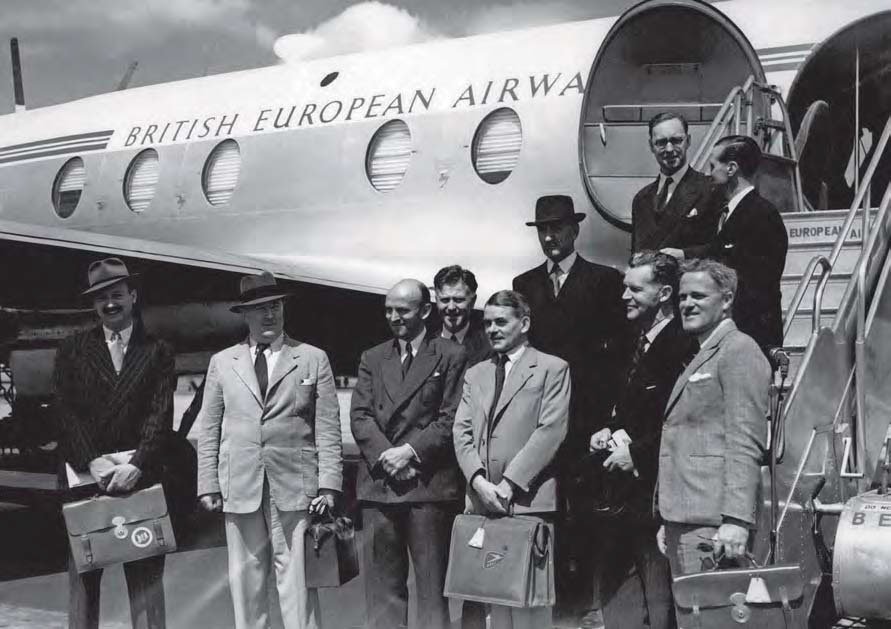
Test flights demonstrated the design’s viability, with the smooth, noise-free turboprop engines being a substantial improvement over the big, vibrating, noisy piston power-plants. A specification for a larger version of the prototype Viscount’s manufacture was approved by the Air Ministry. One of the initial models was subsequently given a Certificate of Airworthiness, enabling BEA crews to become acquainted with the aircraft.
Finally, on June 29, 1950, a turbine-powered aircraft made its first scheduled commercial flight from London-Northolt Airport to Paris-Le Bourget with 14 paying passengers aboard.
The Viscount turned out to be a dependable and effective aircraft, and Vickers enjoyed success with its sales. Worldwide, including the USA, Europe, Australia, numerous Asian, African, and South American carriers, Communist China, 445 aircraft were produced and operated by airlines and even a few air forces. Daily Viscount flights operated by Indian Airlines to and from Ratmalana also served Colombo. The Viscount would remain in use for over 60 years, with the final instance taking to the skies in the Democratic Republic of the Congo in 2009.
A dead end
As we now know, the turboprop airliner was heading into a blind alley or “box canyon.” The turbofan (or jet in common usage) engine’s performance and speed proved to be too alluring to resist. The winners in this high-stakes game were manufacturers like Boeing and Douglas who took the chance and created swept-wing turbojet-powered aircraft. The numerous effective and dependable turboprop aircraft were reduced to a mere footnote in the annals of commercial aviation. The only turbo-prop aeroplanes now being produced are the European Aérospatiale ATR-72 and De Havilland Canada’s Q-400, both of which are primarily used by regional carriers.
Also read:
Air India announced a tender to sell three B777-200LR aircraft
Join our telegram group for latest Aviation Updates:-
Stay tuned…



